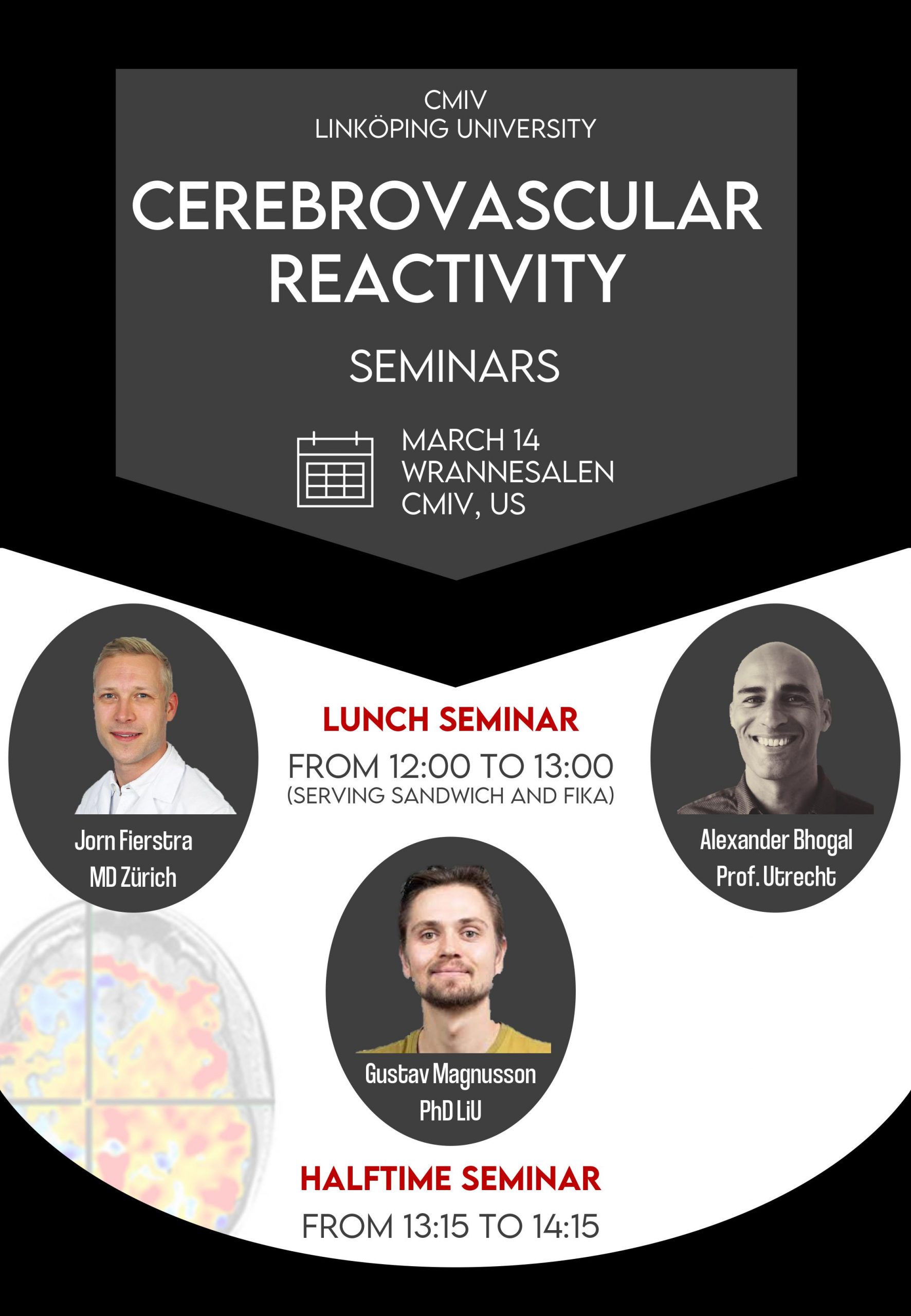We will have a new 1h seminar about STRATIF-AI project: https://stratif-ai.eu/
This will take place on September 19, at 12-13 CET, online. The seminar will have three components:
12-12.05 Gunnar Cedersund gives an overview of the STRATIF-AI project as a whole
12.10-12.15 Valentin Kindesjö (MD) gives an overview of applications in rehabilitation
12.15-12.30 Adam Hilbert or Dietmar Frey (MD) gives an overview of applications in acute treatment of stroke
12.30-12.45 Gelu Onose (MD) together with Mircea Vasile gives an overview of applications in stroke rehabilitation
12.45-13.00 Questions and discussions with audience
Link and registration to be sent out later. More questions: gunnar.cedersund@liu.se and johannes.johansson@liu.se
This lecture is a part of the LIU seminar series on eHealth: https://liu.se/en/research/ehealth
Welcome!








